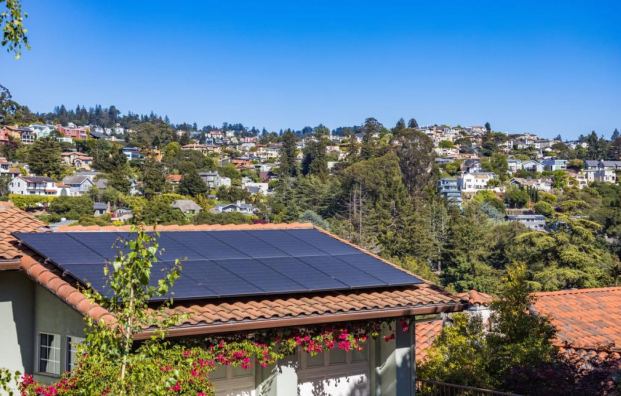In its most basic terms, a solar inverter converts direct current into alternating current. Direct current moves in only one direction; this makes it ideal for solar panels because the structure needs to absorb solar energy and push it in one direction through the system. AC power moves in two directions, which is how almost all of the electronic devices in your home are powered. Solar inverters convert DC power to AC power.
The Different Types of Solar Inverters
Grid-Tied Solar Inverters
A grid-tied inverter converts DC power to AC power suitable for grid use with the following readings: 120 volts RMS at 60 Hz or 240 volts RMS at 50 Hz. In essence, grid-tied inverters connect various renewable energy generators to the grid, such as solar panels, wind turbines, and hydropower.
Off-Grid Solar Inverters
Unlike the grid-tied inverters, the off-grid inverters are designed to work alone and cannot be connected to the grid. Instead, they are connected to the actual property in lieu of grid power.
Especially, the off-grid solar inverters must convert DC power to AC power and deliver it instantly to all appliances.
Hybrid Solar Inverters
The Hybrid Solar Inverter uses state-of-the-art technology and has multiple MPPT inputs.
It is a stand-alone unit that is usually installed near your fuse box/electric meter. Hybrid solar inverters differ from others in that they can both output excess power and store excess energy in solar cells.
How About the Voltage?
DC power flow is often 12V, 24V, or 48V, while your home appliances that use AC power are usually 240V (depending on the country). So, how exactly does a solar inverter increase the voltage? A built-in transformer will do the job without any problem.
A transformer is an electromagnetic device consisting of an iron core wrapped around two copper wire coils: a primary and a secondary coil. First, the primary low voltage enters through the primary coil, and shortly thereafter it exits through the secondary coil, now in high voltage form.
You may wonder what controls the output voltage, though, and why the output voltage increases. This is thanks to the wiring density of the coils; the higher the density of the coils, the higher the voltage.
How Does a Solar Inverter Work?
Technically speaking, the sun shines on your photovoltaic cells (solar panels) designed with semiconductor layers of crystalline silicon. These layers are a combination of negative and positive layers connected by a junction. These layers absorb light and transfer solar energy to the PV cell. The energy runs around and causes electron loss. The electrons move between the negative and positive layers, producing an electric current, often referred to as a direct current. Once the energy is generated, it is either sent directly to an inverter or stored in a battery for later use. This ultimately depends on your solar panel inverter system.
When energy is sent to the inverter, it is usually in the form of a direct current. However, your home needs an alternating current. The inverter takes hold of the energy and runs it through a transformer, which spits out an AC output.
In short, the inverter runs DC power through two or more transistors that turn on and off extremely quickly and provide energy to two different sides of the transformer.
Post time: Jun-27-2023
